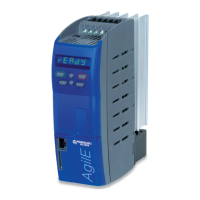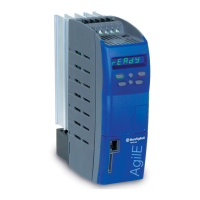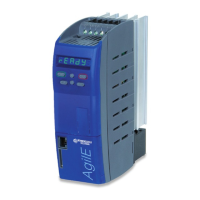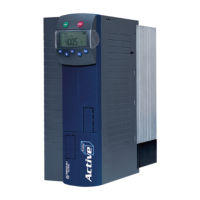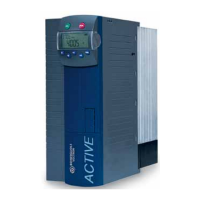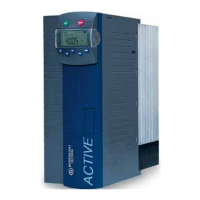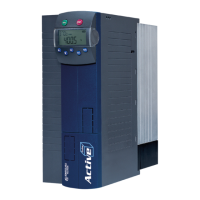For control of a PLC it is sufficient to select a mode and set it accordingly. When the instruction
block was processed, the frequency inverter resets the operation mode to "0-Stop" automatical-
ly. The same mode can be selected again.
Note:
If a diagnosis via VPlus is to be performed, both modes are required. Execution of the instruc-
tion block must be started by the modes alternately, because VPlus only updates parameters
(on ACU) which have been changed.
Note:
If "Single Step", "Single Part" or "Single Cycle" are selected, the selected mode is maintained.
The status of the function table is shown exactly in
FT-Actual Values Function 1356 .
6.2.1 Example Run/Stop
The following diagram shows a function block circuit which includes two jump functions (J1 and
J2). Depending on the settings of parameter
FT-RunMode 1399 , the procedure is as follows:
FT-Runmode 1399 = "1 – Run"
The sequence is processed continuously. Jump functions are processed according to input sta-
tuses.
FT-Runmode 1399 = "11 – Single Step", "12 – Single Step"
The sequence is interrupted after each instruction. Each time, the sequence is stopped, FT-
RunMode
1399 must be restarted with "11 – Single Step" or "12 – Single Step". Jump functions
are processed according to input statuses. Thus, the sequence is "I=1, Stop"; "I=2, Stop";…
FT-Runmode 1399 = "21 – Single Part", "22 – Single Part"
The sequence is processed until a jump instruction is reached which writes the output buffer. In
this example, the buffer is written by both jump instructions. Thus, the sequence is "Block A,
Stop"; "Block B, Stop";…
FT-Runmode 1399 = "31 – Single Cycle", "32 – Single Cycle"
The sequence is processed until the end is reached and the return jump to the start is effected
(to block C). It may happen that Block B is processed repeatedly depending on the digital sig-
nals if the jump at J2 jumps to the beginning of Block B. A cycle may be, for example: "Block A,
Block B, Block B, Block B, Block C, return jump, stop".
I=1
I=2
I=3
...
...
...
20xx
24xx
I=4
...
I=5
...
I=6
...
JMP
J1
A
I=7
...
I=8
...
I=9
...
JMP
B
J2
C
6.3 Example 1: Combining two digital outputs
Digital signals S2IND and S4IND are to control digital output S1OUT. If both signals are
present, the output is TRUE. If not, the output is FALSE.
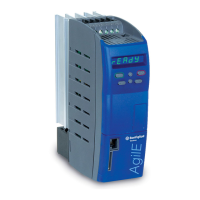
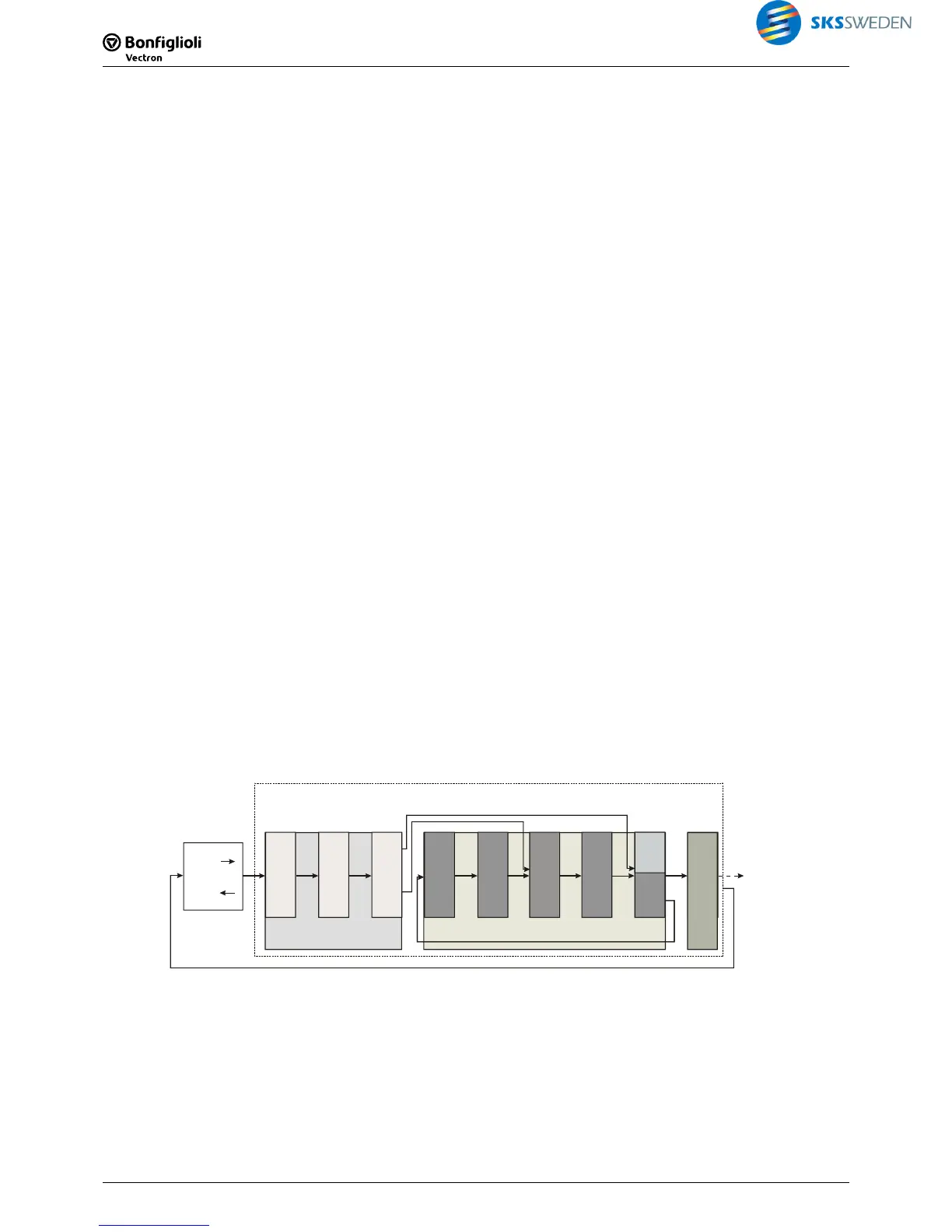